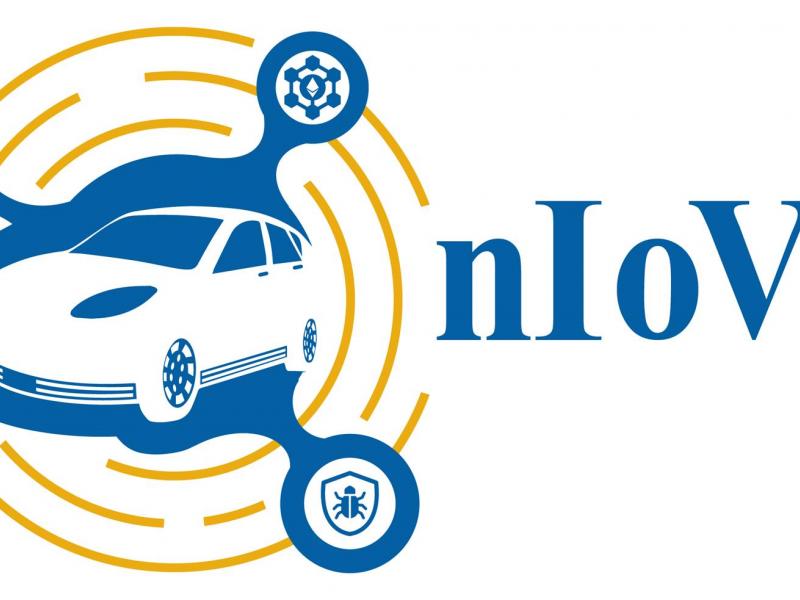
nIoVe
A Novel Adaptive Cybersecurity Framework for the Internet-of-Vehicles
Anastasia Botsi
01 May 2019
30 April 2022
EC funded project
nIoVe aims to deploy a novel multi-layered interoperable cybersecurity solution for the Internet-of-Vehicles
(IoV), with emphasis of the Connected and Autonomous Vehicles (CAVs) ecosystem by employing an advanced cybersecurity system enabling all relevant stakeholders and incident response teams to share cyber threat intelligence, synchronize and coordinate their cybersecurity strategies, response and recovery activities. To do so the project develops a set of in-vehicle and V2X data collectors that will feed nIoVe’s machine learning platform and tools for threat analysis and situational awareness across the IoV ecosystem. Advanced visual and data analytics are further enhanced and adapted to boost cyber-threat detection performance under complex attack scenarios, while IoV stakeholders are jointly engaged in incident response activities through trusted mechanisms. The proposed approach is supported by interoperable data exchange between existing and newly proposed cybersecurity tools. nIoVe solution will be demonstrated and validated in 3 pilots: Hybrid execution environment, simulated environment and real-world conditions. Overall, nIoVe ambitiously expects to (i) reduce the attack surface of the overall IoV ecosystem, (ii) showcase effective and real-time detection of novel advanced threats and cyber-attacks in IoV ecosystems; (iii) reduce substantially the response time and reduce drastically the impact of breaches; (iv) contribute to the establishment and sustainable operation of Computer Security Incident Response Teams (CSIRTs) stimulating information and knowledge sharing across the IoV ecosystem; and (v) paves the way for the next generation robust, scalable and resilient IoV infrastructure. nIoVe draws and builds upon the accumulated experience from its consortium consisted of 13 partners from 6 European countries and Israel, will implement the project, which is organized in 8 workpackages and will be completed within 36 months.
Category:
- Secure systems and technology
Vertical Category:
- Transportation
Resources for EU Research
Resources for SMEs
News & Events
Reports
Cyberwatching.eu has received funding from the European Union’s Horizon 2020 research and innovation programme under grant agreement No 740129. The content of this website does not represent the opinion of the European Commission, and the European Commission is not responsible for any use that might be made of such content. Privacy Policy | Disclaimer / Terms and Conditions of Use

